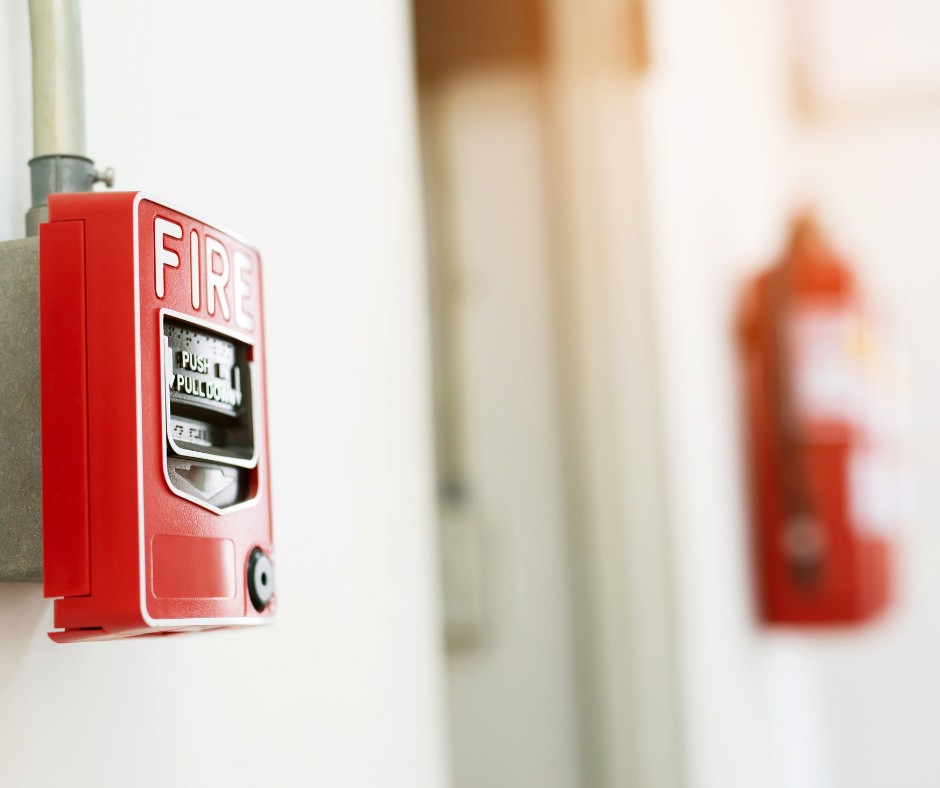Conflict Resolution & When to Involve the Board

When living in a condo or townhome where you’re sharing walls with neighbors, conflicts can arise. This isn’t uncommon, and not every problem needs to be taken up with the HOA board or community manager. Here are some ways you can handle conflict resolution: Talk to your neighbor If you don’t bring the issue up to your neighbor, they might never know that they’re doing something that bothers you. Noise levels are a common complaint, so just let them know that they need to reduce the volume. Be respectful and don’t let the problem fester, or the discussion could become heated when it doesn’t need to be. When you start the conversation with an accusation, the other person feels like they’re being attacked, which can lead to further conflict. Bring in a mediator A non-biased third party can be a helpful way to find a middle ground and come to a solution. They’re able to hear out both peoples’ sides and bring an outsider’s perspective to the problem, which is sometimes all you need to resolve the issue. Check the HOA bylaws Another thing you can do before going to the board with your complaint is to check if there’s anything in the bylaws about it. Noise complaints are valid, along with an issue like someone not picking up after their dog or leaving a mess in common areas. If they’re violating a bylaw and they don’t stop after you’ve talked to them, you can bring it to the board or community manager’s attention. Of course, if you witness any destruction of HOA property, let your board know rather than confronting the individual. But for personal matters and disagreements, try to work it out amongst yourselves before involving management.
October is Fire Safety Month

Each October, fire departments around the U.S. take time to educate families and communities about fire safety. This year, the National Fire Protection Association’s (NFPA) campaign is “Fire Won’t Wait, Plan Your Escape.” In addition to having an escape plan in case of a fire, there are several things to be aware of when it comes to fire safety and prevention. Test smoke alarms Pressing the test button on your smoke detectors once a month is a quick and easy way to keep you and your family safe. When the batteries are dying, you’ll hear a chirping sound. However, alarm sensors wear out after about ten years, so batteries aren’t the only thing you need to be aware of. Don’t leave candles burning When you’re leaving the room or going to sleep, blow out candles. Anything burning shouldn’t be left unattended, and you should keep candles at least a foot away from anything that can burn. Be attentive when cooking Never leave a hot stovetop unattended, as accidents can happen quickly. Keep any flammable items, like towels or wooden spoons, away from the stovetop when not in use. According to First Alert, unattended cooking is the #1 cause of house fires. Don’t run the dryer when you’re gone A clogged lint filter and vent pipe can cause a dryer fire to start, so don’t throw clothes into the dryer and leave the house. To prevent a fire, clean the lint filter before and after each load, and clean the vent pipe at least once a year. If you do laundry often, then clean it two or three times a year. Teach kids about fire safety While you may know how to prevent fires, your kids don’t unless you tell them. Teach them to never play with matches, the oven, or stove, and talk to them about fire escape plans. Accidents happen, like knocking over a candle, which is also why you shouldn’t leave a candle burning when you’re not in the room. Make sure you know where your fire extinguishers are and how to use them. In condos and townhomes, know where the nearest exits are, and remember to never take the elevator in the event of a fire.
Fall Cleaning: A Helpful Guide

While your home may be kept relatively clean, it’s a good idea to do a thorough, deep clean at the start of each season. You’ll be spending more time inside now that the temperatures are dropping, so you want to have a clean home for you and your family. A deep clean can be a little daunting, so we created a simple room-by-room guide to help you along. Bathrooms You should be cleaning the toilet, shower, and floors regularly, but it’s unlikely that you often wipe down the cabinets and trim. It’s also a good time to wash shower curtains and replace the curtain liners if they’re getting old. Kitchen Deep cleaning in the kitchen includes wiping down cabinets, dusting tops of cabinets and the fridge, cleaning underneath appliances, and tossing out expired or unwanted items in the pantry. If you haven’t lately, deep clean the appliances as well. Bedrooms While sheets should be washed every one to two weeks, comforters and mattress covers aren’t washed as often. Be sure to dust all bedroom furniture like dressers and nightstands, as these gather dust quickly and we don’t always notice. If you have a bedroom ceiling fan, dust that as well. Living Room The décor in living rooms can gather dust easily, so bring out the duster to clean year-round décor. You should also wash blankets and pillow covers and sanitize remote controls, which can easily be forgotten. Clean any fireplaces—for condos and townhomes they’re most likely gas or electric, so check with your association about yearly fireplace inspections. Around the House Throughout the home, make sure to dust blinds, vacuum air vents, wipe down baseboards, sanitize door handles, and clean the windows. You’ll be surprised at how dirty these areas can get while not even realizing it during your regular cleaning. Once you’ve gotten your fall cleaning taken care of, it’s time to bring out the seasonal decorations! We hope you enjoy this autumn season.
